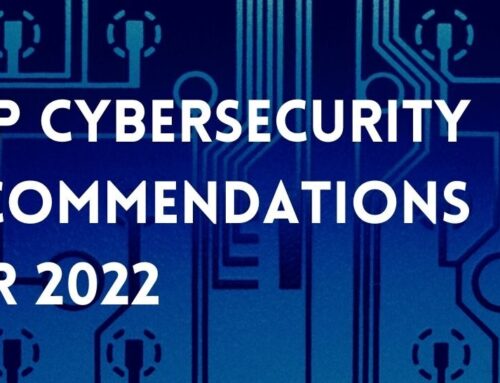
Hiring an IT Manager for your small or midsize business is one of the hardest hires to make. In this blog, I hope to provide some useful information on what the person needs to be able to do, the amount you should plan to pay them, and a great potential alternative. By the end, you should know how to hire an IT manager for your small to midsize business.
Why is it so difficult to hire a good in-house IT person? Two reasons: you don’t know what you need and the person speaks another language that you don’t understand.
What you need…
In the modern business world, IT is a critical pillar of competitive advantage, which is likely why you are looking at upping your investment and hiring this person in the first place. Great news and good decision! However, here is the “job description” for a well-rounded IT department:
- Desktop support
- Server design, configuration and management
- Networking design, config, management
- Cybersecurity defense design & management
- Cybersecurity policy & management
- Breach/cyber threat response
- Backup & Disaster recovery, configuration & management
- Application support & integration
- Hardware/software procurement
- Cloud/hybrid cloud management
- Research and development
- Compliance
- Telco/unified communications management
- Marketing/website/SEO integration and management
- Mobile device management
An individual with all these skills doesn’t exist, because managing them all in parallel to best-practice is impossible. And even if someone had the skills to do an adequate job with all of these facets, they would not have the discipline and interest to be persistent with all of them. If you are looking for someone who can handle most of these functions as your solo-in-house IT expert, expect to pay them between $90,000 and $130,000 in the Portland market (the national median income is $141,000 according to US News and World Report)
Despite this insurmountable list, it is typically the second reason that is the hardest with this hire: they speak another language. I have met few IT Managers (many CIO’s, few IT Managers) who have the ability to both strategically and tactically manage strategic initiatives. IT people rarely have business backgrounds, and default to thinking of business requirements like an engineer: what gears need to turn, what additional software do I need, how many weekends will it take? What this leads to is disconnection between the business owners strategy and IT’s delivery. It is perhaps the only place in a business where a CEO is largely unable to audit the validity, strategy or execution, even at a gut level. As a business leader, you end up with a one or two person department that works largely in a vacuum. What do you have to measure success? I get my computer fixed quickly. We don’t have much downtime. We haven’t been hacked.
What could be better…
These inherent challenges to the IT Managers job, and even to departments of 2 or 3, has lead to a steep decline in mid-market in-house IT departments. In their place, the managed service model has grown nearly 40% in the past 5 years.
With the Managed Services Provider (MPS) model, the company subscribes to a monthly service that provides all the features of an enterprise IT department (in our case of 11) for less than an in-house employee. Beyond cost savings, business owners can rest assured that they have specialists managing critical facets of their technology, rather than generalists. MSP’s regimented processes and systems, checks and balances and clearly reported deliverables to keep them accountable for less. Add to that a fanatical focus on great customer experience and the service gives you a lot more and frees up more budget to spend elsewhere in the department to create leverage for your business.
If you are considering hiring an in-house IT manager, reach out to Upward Technology and discuss the alternative of the Managed Services model. It could be one of the best decisions you make for your business.






Leave A Comment